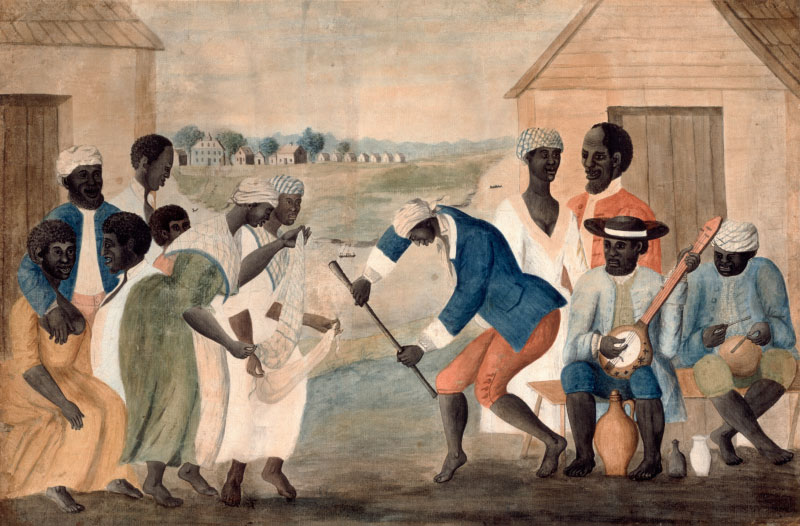Music has remained a staple in the African-American community, from the moment Africans were transported to America up to the modern-day. Music was a way and still is a way to bring together the community and establish a sense of culture when everything was taken away from the African Slaves, and Black people. They created instruments, such as the banjo, the bones, and the drums. Members of the community would gather while some played instruments, some sang and danced, and many others watched. Many of these African slave traditions continue today, in Africa, where it all started. Additionally, during these performances, they used a variety of methods within their music that we still see evident today, such as; call and response, whispers, syncopation, polyrhythmic rhythm, and much more.

When one thinks of African-American music, they often associate it with rap, hip-hop, or soul, when in reality, they are just touching the tip of the iceberg. Africans weaved forms of expression within their music and even embedded emotion and desire into the heart of their music. Today this is most recognized in the genre of soul or gospel music. Soul music portrays the desire and hope of freedom from slavery, including modern-day slavery. They utilize methods such as call and response, repetition, and polyrhythmic rhythms, as a manner to portray their emotion longing for their taken away freedoms. This can also be seen in work songs. While African slaves were overworked, they often sang songs to cope with their reality. These are called work songs, one would begin singing, and others followed along. One’s ability to sing was unimportant, as it was a way to form a community and create a more bearable situation.
Timbre is also commonly found in African American music. Timbre has the ability to distinguish the sound of the choir or the artist from instrumental music. In soul music, these different sounds can be found in the choir, the lead singer, and most commonly, a pianist. This could also be found in early African slave music between the drums and the vocalist. However, oftentimes in more common European music, they are combined together as one sound, rather than the distinction between the vocalist and the beat/instrument.


